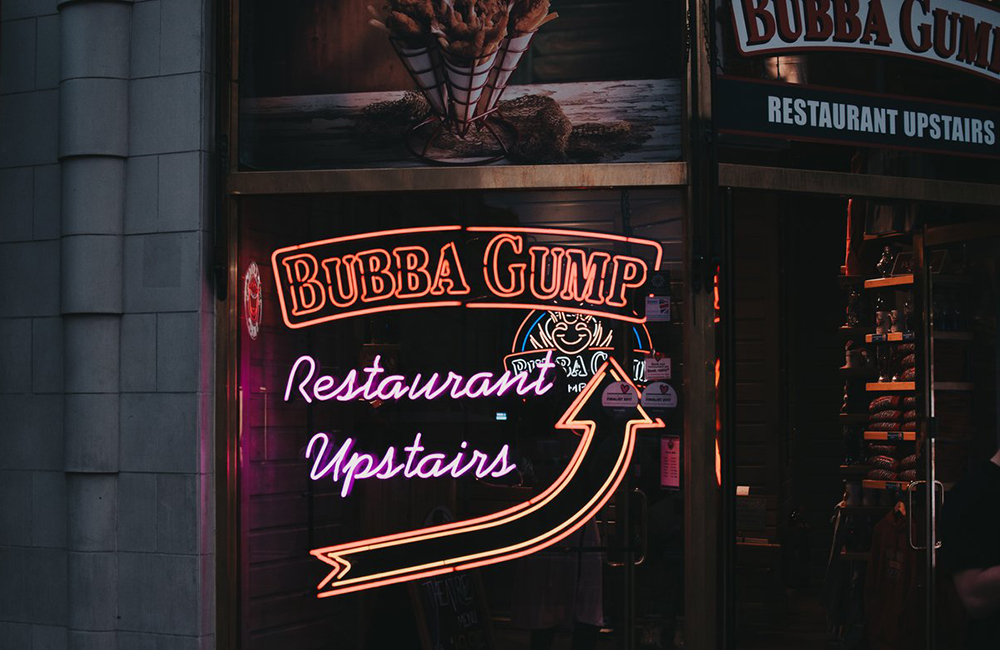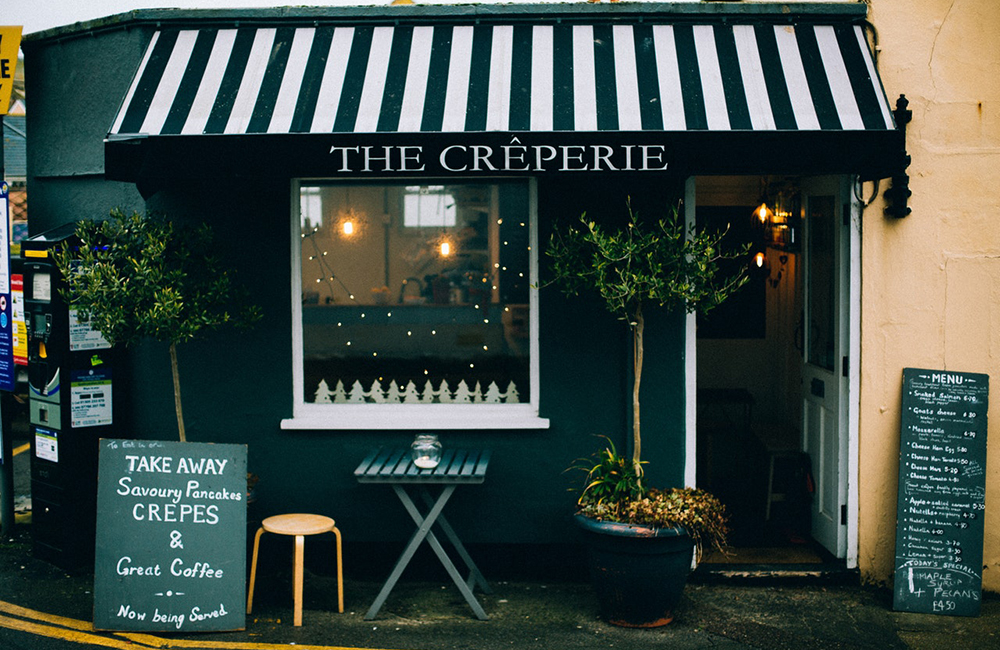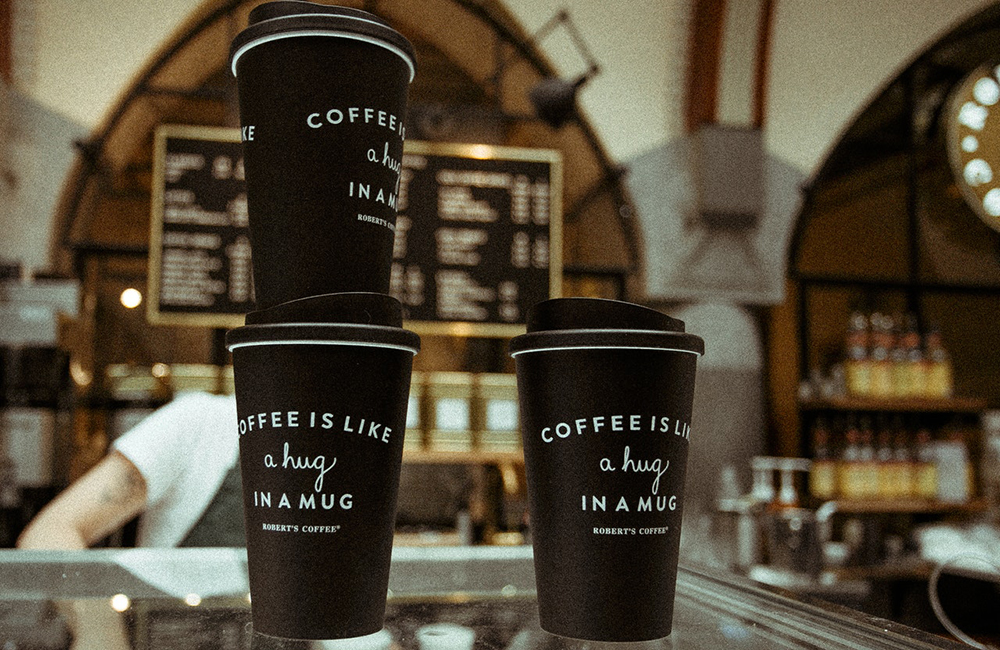Small restaurants have many advantages over big chains, but the primary advantage is having the freedom to form their own identities. Everything from the menu to the interior design is unique. But for a small restaurant to succeed, it needs strong, consistent branding.
Restaurant branding is one of the first and most important things you can focus on when establishing your restaurant. It's what will set your restaurant apart from the competition and attract your target customers to your doorstep.

6 Restaurant Branding Ideas
1. Find Your Niche
Finding a niche is more than just choosing a cuisine. You also need to consider the type of customers you want to attract and the image you want to create for your restaurant.
The best restaurant branding strategies create a look, feel, and image that communicates the brand's values and mission.
Consider these questions:
- How do you want your restaurant to be perceived? Do you want it to be considered modern, upscale, affordable, or casual?
- What types of customers are you trying to attract?Families?Businesspeople? Couples?
Defining your niche is an important part of small restaurant branding. It helps you pinpoint and focus on what sets you apart from the competition. It also helps you take control of how others perceive your restaurant.
If you're not making a consistent effort to be perceived the way you want, you will be leaving perception up to chance.

2. Develop Your Mission Statement
Every successful restaurant branding strategy starts with a story. People want to know why you joined the industry. What's the backstory? Do you have industry experience? Your story and mission statement alone can be enough to build your brand and attract customers.
Creative restaurant branding starts with a mission, so take the time to develop yours carefully and purposefully.
3. Be Consistent with Your Branding
Once you have formulated an identity for your restaurant, it's important to make sure that this identity is reflected in every aspect of your business, from your small restaurant menu ideas to interior design.
When brainstorming small restaurant decor ideas, it can be helpful to create a mood board with ideas that are aligned with your brand's mission and niche. To ensure consistency, every aspect of your restaurant's identity must be carefully planned - even staff uniforms.
Of course, branding should also be consistent with your logo, and you'll want a catchy slogan that fits your restaurant. Your logo should feature prominently in your own establishment as well as your marketing materials, from your mailing flyers to your social profiles and emails.
The same logo should be used for everything, from your menu descriptions to your social profiles like your restaurant instagram and website. Inconsistent branding (e.g. using one logo on your outdoor sign and another on your social media accounts) will only confuse your customers.
Restaurant branding design is both an art and a science, so take a careful approach here. Remember that consistency is the key to success and is what makes small restaurant ideas successful.

4. Know Your Audience
One of the most important aspects of branding your restaurant is knowing your audience. When you understand your audience and their behaviors, it's much easier to build a brand that attracts those individuals.
Consider these questions:
- Who are your customers?
- What are their values?
- What do they look for when choosing a restaurant?
How can you better understand your audience? The first step is to conduct market research that's focused on your target demographic. One simple, cost-effective way to do this is to survey potential customers. Ask them about their tastes, preferences, and when they prefer to dine.
Although it will require time and a small investment, market research is crucial. Everything about your restaurant, from its menu to its location, will be influenced by your target customer. If you don't know who they are, then you are taking a shot in the dark that your establishment will appeal to the locals.
Even after you have launched and established your restaurant branding, you can continue collecting customer data through your point of sale software that will help you continue appealing to your target audience.
Customer data will help support your branding strategy, and you can use this information to surprise and delight your customers. This is what will keep them coming back for more.
5. Position Yourself in the Market
Positioning is important for any business, but It's especially important for restaurants. Use your market research to position your brand in the market. What sets you apart from the competition? What do you offer that none of your competitors offer?
When positioning yourself, there are four main things (the four "Ps") that you need to establish:
- Price
- Promotion
- Product
- Place
To help find your establishment's fit in the market, consider your restaurant's competition, strengths, weaknesses, and opportunities.

6. Protect Your Brand
Somewhere along the line, you may decide to update your restaurant's interior or open a new location. You may be inspired by other cool restaurant branding ideas you find online, but before you start making any changes, stop and ask yourself:
- Do these plans align with my brand?
- Will I be able to successfully incorporate my colors and fonts?
There are so many inspiring small restaurant decoration ideas out there, but it's important to make sure that any changes you make will be aligned with your established brand identity.
Protecting your brand also means hiring the right employees. When hiring new people, it's important to consider whether they will be able to deliver the level of service your brand promises and stay true to your brand.
Restaurant branding has many moving parts, from your logo to your colors, interior design, mission, and voice. It's important to develop your brand carefully and strategically so that you create the image you want and attract the customers you want. Once you have established your identity, it's important to remain consistent and stay true to your brand. A strong identity is what will set your small restaurant apart from others and keep customers coming through your door.


